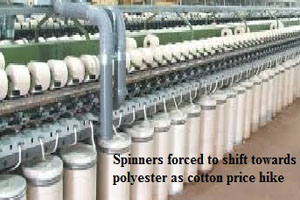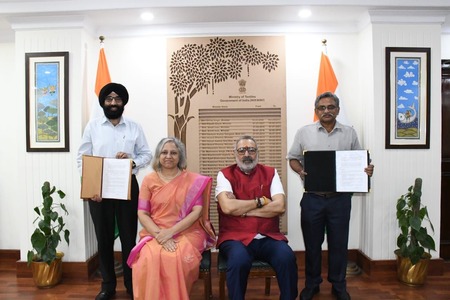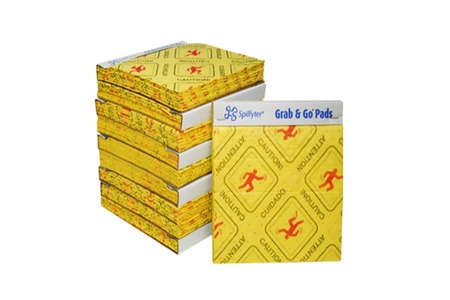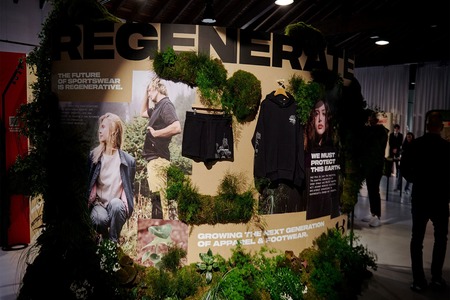
Spinners forced to shift towards polyester as cotton price hike
YarnsandFibers News Bureau 2016-08-01 16:30:00 – IndoreShift of spinners from 100 percent cotton to polyester and viscose seen as they are unable to pass on the price rise of cotton to customers due to lackluster market. The shift to man made or blended fibres is likely to help them restore margins and profit and rule out the option for a production cut.
Spinning units have been blending cotton with polyester and viscose after cotton prices rose steeply due to restricted supply and lower output.
Suresh Maheshwari, president of a major textile firm said that units are shifting from cotton to blended fibre because higher cotton prices are eating their margins. Spinners have reduced the percentage of cotton and mixing polyester or viscose to run operations.
According to industry players, supply of cotton has squeezed in the local markets further pushing the prices while the arrival from the new crop is expected only by October. Cotton prices are unlikely to come down before the month of October.
Cotton production in 2015-16 (crop year October- September) has dropped to 352 lakh bales (170 kg each) compared to 380 lakh bales in the previous year.
There are about 40 spinning units in the state and the units with the capacity of 1 lakh spindles requires around 450-500 bales of cotton per day. So, whenever cotton price increases industries shift to blended cotton is likely to be seen which is not only profitable but its demand is also good in the market.
Spot cotton prices in local market have risen to over Rs 129 per kg from Rs 98 per kg in April, according to local traders.
Market Intelligence
Ask for free sample Report

experience
Customer Base
dedicated team
Countries Served Worldwide









